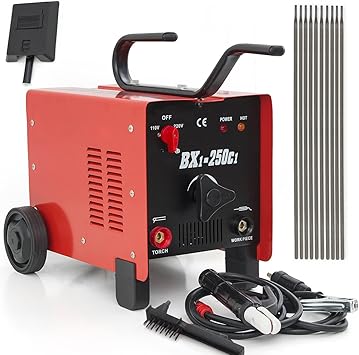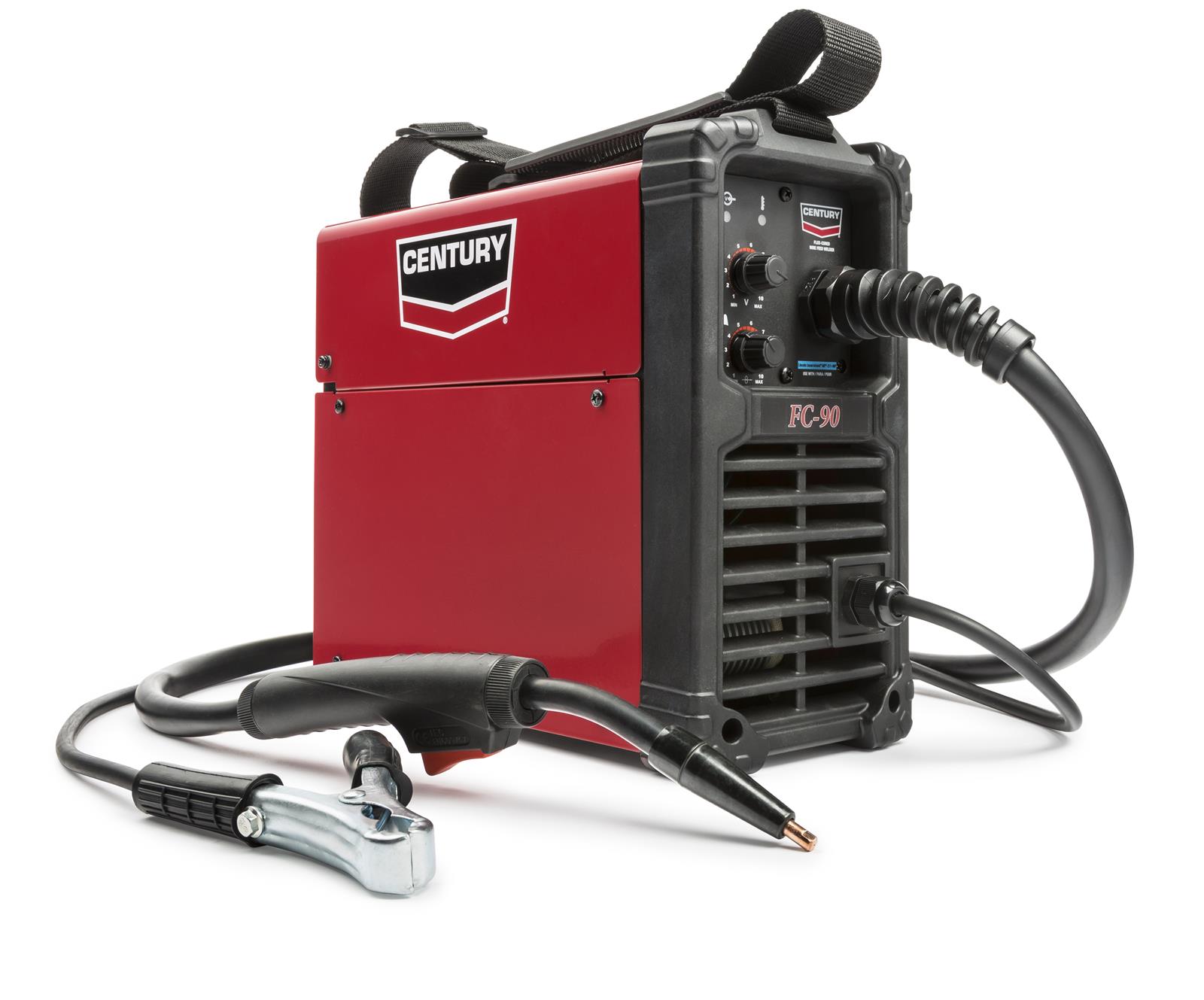I bough a cheap sub $100 110/220 volt stick welder on Amazon 5 years ago I used it for the 1st time last week, I know nothing about welding and I doubt I'll ever be proficient.
I was thinking of "upgrading/downgrading" to a 110 volt wire feed welder either Lincoln/Century FC90 or something similar from Harbor Freight because I hear they are easier to use, my question is are they that much easier and will I be hindered by not using the welder in 220 mode?


 www.summitracing.com
www.summitracing.com

 www.harborfreight.com
www.harborfreight.com
I was thinking of "upgrading/downgrading" to a 110 volt wire feed welder either Lincoln/Century FC90 or something similar from Harbor Freight because I hear they are easier to use, my question is are they that much easier and will I be hindered by not using the welder in 220 mode?

ARKSEN© ARC Welder 250AMP Rated Input Voltage, 110V/220V, Dual Mode, Red - Tools Home Improvement Power Hand Tools Hand Tools - Amazon.com
ARKSEN© ARC Welder 250AMP Rated Input Voltage, 110V/220V, Dual Mode, Red - Tools Home Improvement Power Hand Tools Hand Tools - Amazon.com
www.amazon.com

Lincoln Electric K3493-1 Lincoln Electric Century FC90 Flux-Cored Wire Feed Welders | Summit Racing
Free Shipping - Lincoln Electric Century FC90 Flux-Cored Wire Feed Welders with qualifying orders of $99. Shop Welders at Summit Racing.

Flux 125 Welder
Amazing deals on this 125 Amp Flux Welder at Harbor Freight. Quality tools & low prices.




